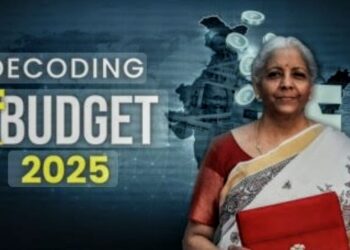Ajitansh Kar, Gurugram, 20 January 2023
The trading terminal is an interesting and useful place to be on for many as it offers a wide variety of tools and features to use. Many of them are used by traders on a daily basis to make their jobs easier and more efficient. One such advantage which the terminal offers is of different order types and order products. Many people are intimidated by the difficult names they possess and are unaware of the flexibility they offer to traders. In this article let’s learn more about their uses and benefits.
The order types usually indicate how you want to execute your order with the exchange. They are generally of four types – Market, Limit, Stop Loss, and Stop Loss Market. Let us try to understand each of them:
(a) Market – This order type instructs the exchange to purchase/sell the security for you at the best available market price. In other words, buy/sell the security from the best available buyer/seller at the time of placing the order.
(b) Limit – This is the most widely used order type and is used to place an order for a security at a desired price level. This is a better order type than the Market order as it gives you the flexibility to buy at the price you prefer.
(c) Stop Loss – This order type is more or less similar to the Limit order but the differentiating factor is that you will be asked to place a trigger price along with a limit price. The trigger price helps you select a price farther than the current market price where you would want to place a limit order at. If the trigger price is hit, the limit order will be executed.
(d) Stop Loss Market – This order type is same as the Stop Loss order but the differentiating factor is that when the trigger price is hit, the order would be executed at market price (best available buyer/seller).
While instructing the exchange on how to handle and execute your order, you need to select an order type which specifies the duration for which you want to hold on to the security you are trading. There are many order products offered to market participants, which vary among different brokers. Most commonly used are Delivery, Margin Intraday Square off (MIS), and Buy Today Sell Tomorrow (BTST). Now let’s see how each of them works:
(a) Delivery – This order product is generally used by those intending to hold the security for more than a day. In this order product, the security purchased/sold are transacted from your demat account and it usually takes two days for the whole transaction to get completed. These trades can also be squared off on the same day of purchase and will be considered as an intraday trade.
(b) Margin Intraday Square off (MIS) – As the name suggests, this order type is used by intraday traders and the position taken needs to be squared off before the end of trading hours of the same day. If the position remains open until the end of the day, the same will be automatically squared off by your brokers risk management system.
(c) Buy Today Sell Tomorrow (BTST) – This product is used by traders to purchase a security on any given trading day but they are also obliged to square off the position before the end of the subsequent trading day.
I hope that you now have a better understanding on how different order types and products work. Exploiting these intelligently and effectively can improve your trading drastically and help you improve your performance.







